The Air Force Says It Must Rethink Air Superiority. What Does That Mean?
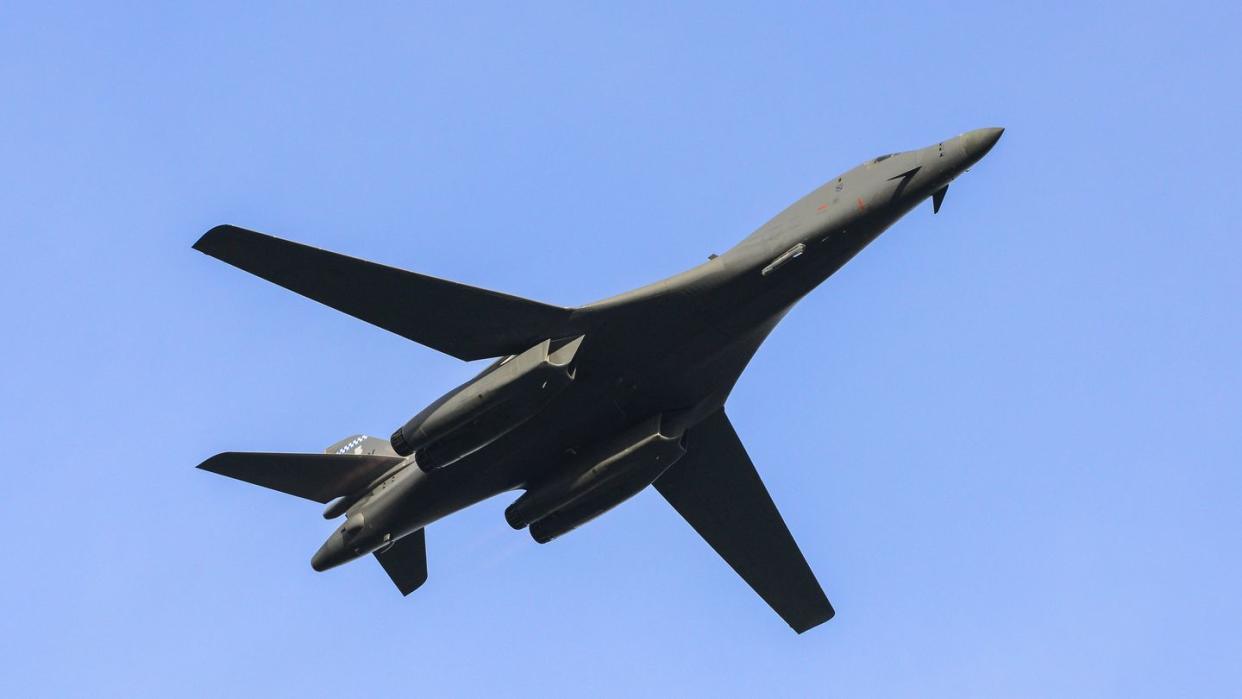
The US Air Force says it must “rethink” the concept of air superiority in future wars.
Unlike other post-Cold War conflicts, a war with China could find Air Force planes outnumbered.
The service could find itself trying different tactics to establish air superiority when it needs it the most, at least for a little while.
Since the end of the Cold War, the Air Force has been the 500 pound gorilla in any conflict, quickly gaining control of the air. But what if there is another 500 pound gorilla on the other side, or even 1,000 pound pound gorilla? The US Air Force must change how it fights to adapt to a new strategic environment, one in which it is not automatically the strongest air force in the fight.
Air Superiority Threatened
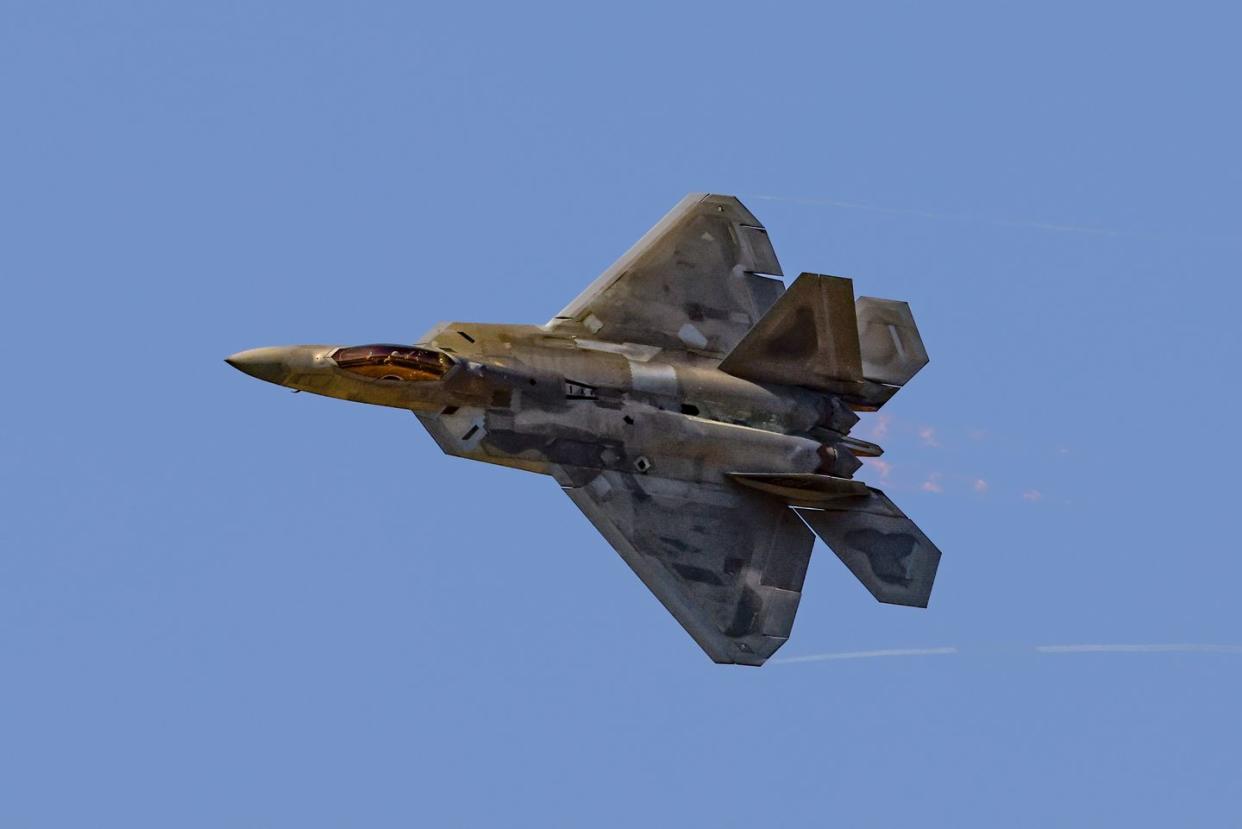
According to Air & Space Forces Magazine, Air Force Chief of Staff Gen. David W. Allvin told an audience that the days of the service enjoying air superiority from the outside of a future conflict are over. Allvin stated that it was “cost prohibitive… to build enough Air Force to do it the way we did before and have air superiority for days and weeks on end”.
The Air Force defines air superiority as “that degree of control of the air by one force that permits the conduct of its operations at a given time and place without prohibitive interference from air and missile threats.”
In other words, the Air Force can undertake whatever mission it wants, but the enemy is still operating and a mission could take losses. The next step up is air supremacy, which is described as “that degree of control of the air wherein the opposing force is incapable of effective interference within the operational area using air and missile threats.”
The Vietnam War is an example of a war in which the Air Force had air superiority, facing the numerically inferior North Vietnamese air force and air defenses. The Air Force could conduct missions anywhere it wanted, but it still needed fighters to protect bombers and to suppress enemy air defenses to avoid serious losses.
The war in Afghanistan, on the other hand—where the Taliban had no fighters or air defenses at all, and where bombers like the B-1B Lancer could fly missions without other jets performing escort or air defense suppression—was an example of air supremacy.
Cold War Dividend
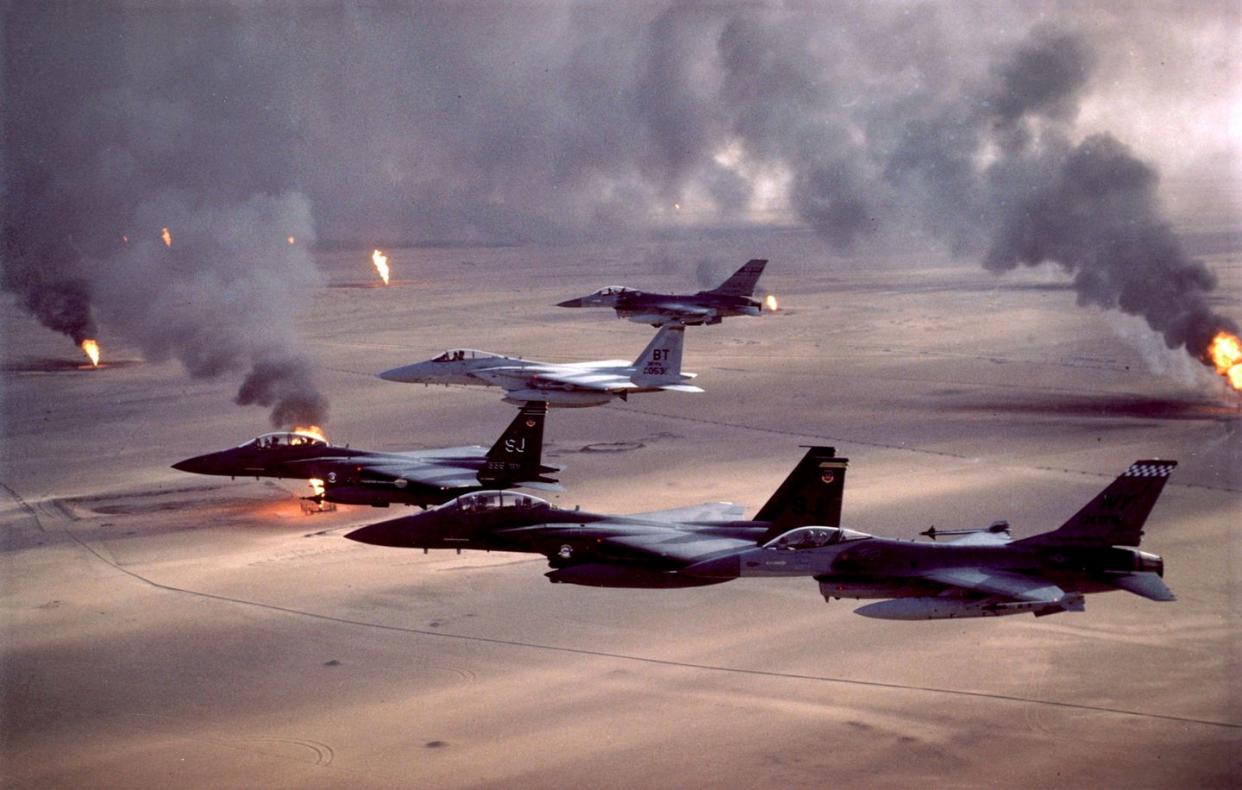
The US Air Force was the second largest Air Force in the world at the end of the Cold War, having been built up to fight the Soviet Union and its allies. The collapse of the USSR in 1991 left the USAF the strongest air force in the world by far. In the 1991 Gulf War, the 1999 NATO intervention in Yugoslavia, the 2001 invasion of Afghanistan, and the 2003 invasion of Iraq, the Air Force was able to quickly claim air superiority and, in some cases, air supremacy.
The side with air superiority enjoys all kinds of benefits. Air superiority means troops at the front don’t have to constantly worry about enemy planes bombing them. The US Air Force notes with satisfaction that until recently, April 15th, 1953 was the last time US troops were killed by a manned enemy aircraft.
It means that supplies can flow unimpeded into nearby airfields, and that wounded troops can be evacuated by air. Reconnaissance aircraft can fly missions over enemy territory and give everyone a better picture of the battlefield, friendly ground forces can call for close air support missions on the front lines, and bombers and attack planes can strike farther afield to drain the enemy’s combat power at the front.
The Next War
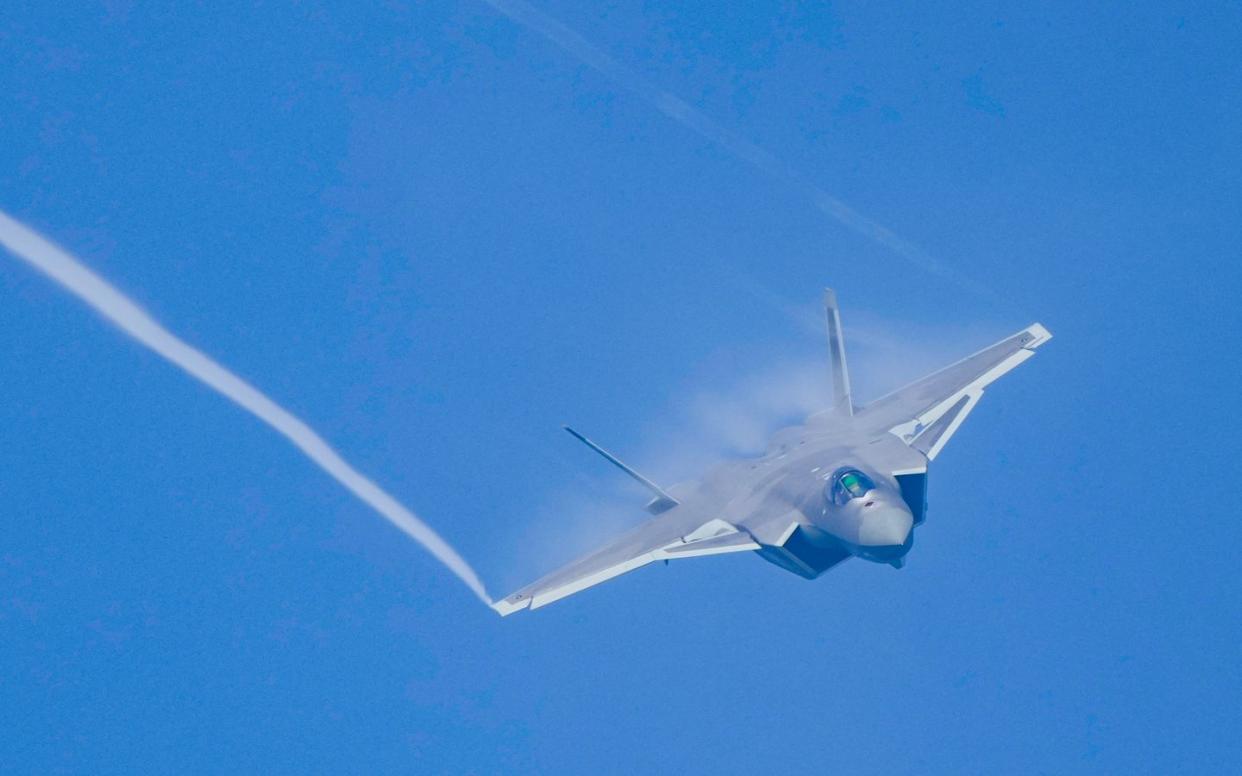
The Air Force believes that the next major war could be against China. This would be a massive fight—on land, at sea, and in the air—across East Asia and the Western Pacific Ocean, stretching for thousands of miles. The Air Force would fly from bases scattered across the region, including Guam in the Pacific; Yokota, Kadena, and Misawa in Japan; and other bases in Korea, the Philippines, and Australia. The United States would also fly bombers directly from the continental U.S. into combat in the Western Pacific, and even against targets in mainland China.
The Air Force is also building up forces to support such a war. The service continues to replace the F-16 Fighting Falcon with the F-35 Lightning II, is buying at least 72 new F-15EX Super Eagle fighters, and is developing a F-22 Raptor replacement—the Next Generation Air Dominance (NGAD) fighter—in secret. The Air Force will also buy at least 100, and likely close to 200, new B-21 Raider bombers capable of flying missions into contested airspace. In addition, the service is investing in new KC-46 Pegasus tankers, and is planning an all-new, stealthy tanker to refuel fighters and bombers near the front line.
On the other side of the Pacific, China is building up its fleet of J-20 stealth fighters, adding more J-10 and Su-35 strike fighters, and developing the FC-31 stealth fighter. However, China’s large number of bases and aircraft means that the closer the fighting is to China, the more aircraft the country can put into the air at any given time. Within 500 miles of China, the Air Force will risk operating at a numerical disadvantage.
A Never-Ending Threat
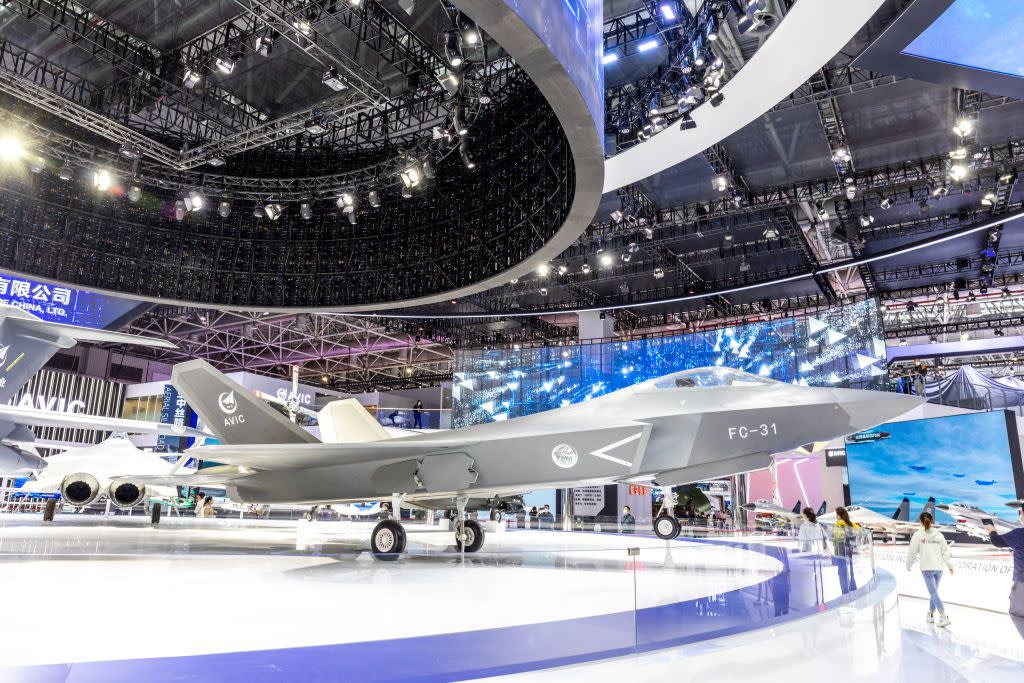
In recent conflicts, the Air Force (and Navy) typically blitz already inferior enemy air and ground defenses in the first days of the war, crippling their ability to fight. These early days are characterized by cruise missile strikes—against airfields, command nodes, and control nodes—as well as fighter sweeps, searching the skies for enemy fighters, and air defense suppression missions against radar and surface to air missile sites. Once enemy air defenses are neutralized, the Air Force can then go after a full range of targets.
In the next war, the Air Force may be forced to attack important targets right away that used to be off-limits until it gained air superiority, because it will never gain air superiority against China. transparent numbers and China’s ability to regenerate its defenses—by producing more radars like the H-200 PESA radar, surface to air missiles like the long range HQ-9, and fighters of all types—means that the country will always be a formidable adversary in the air. In those cases, the Air Force might have to accept losses in order to get the job done. In other situations, the U.S. Air Force may temporarily gain the upper hand, but China’s shifting of resources from one side of the immense country to the other may tip the balance back in its favor.
The Takeaway
The U.S. Air Force can’t afford to build its way into superiority against China, at least during peacetime. In wartime, it will have no choice, but it may be too late by then. The Air Force, and the rest of the Pentagon, may have to once again get used to the idea of fighting—and winning—outnumbered.
You Might Also Like
